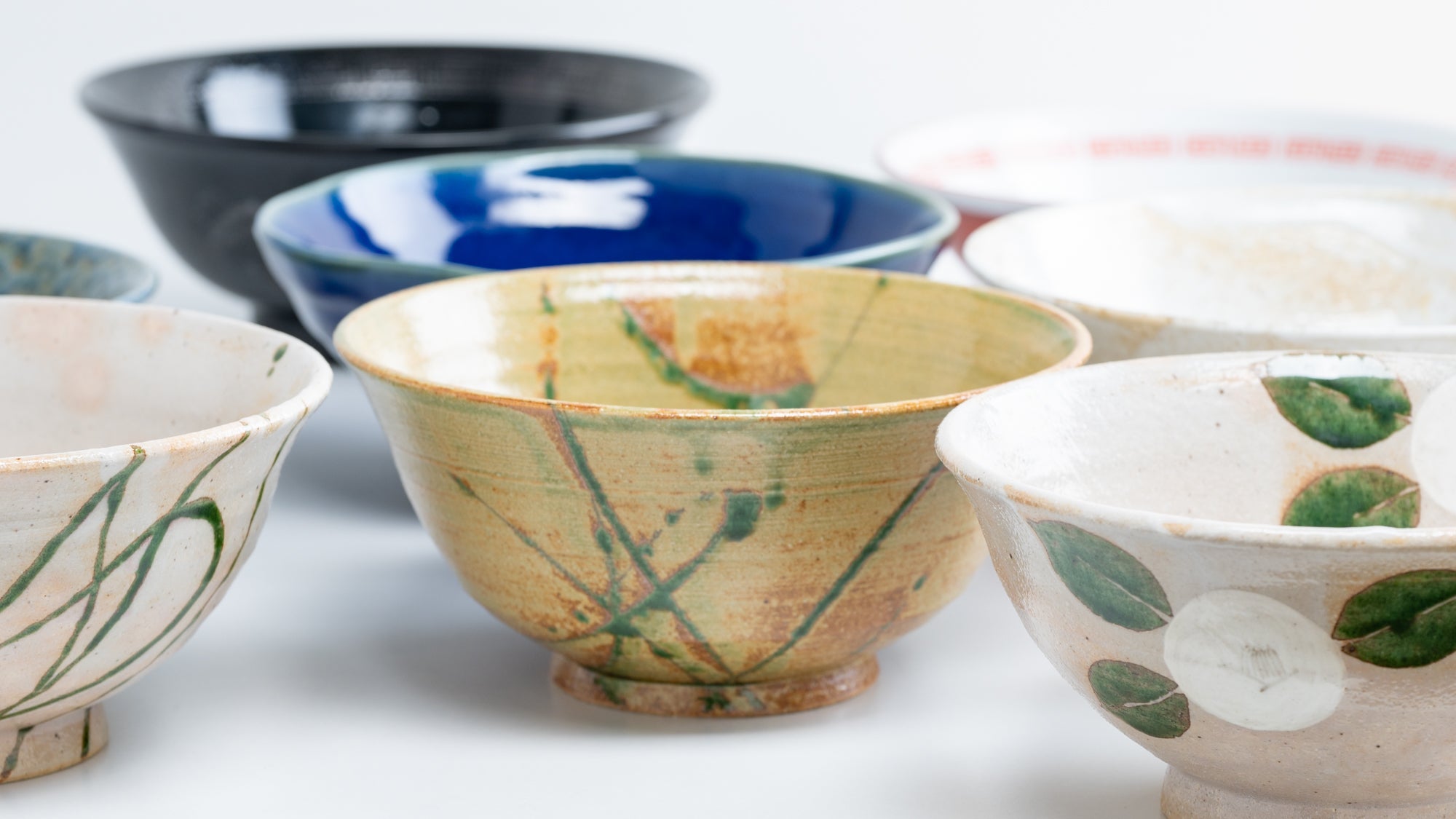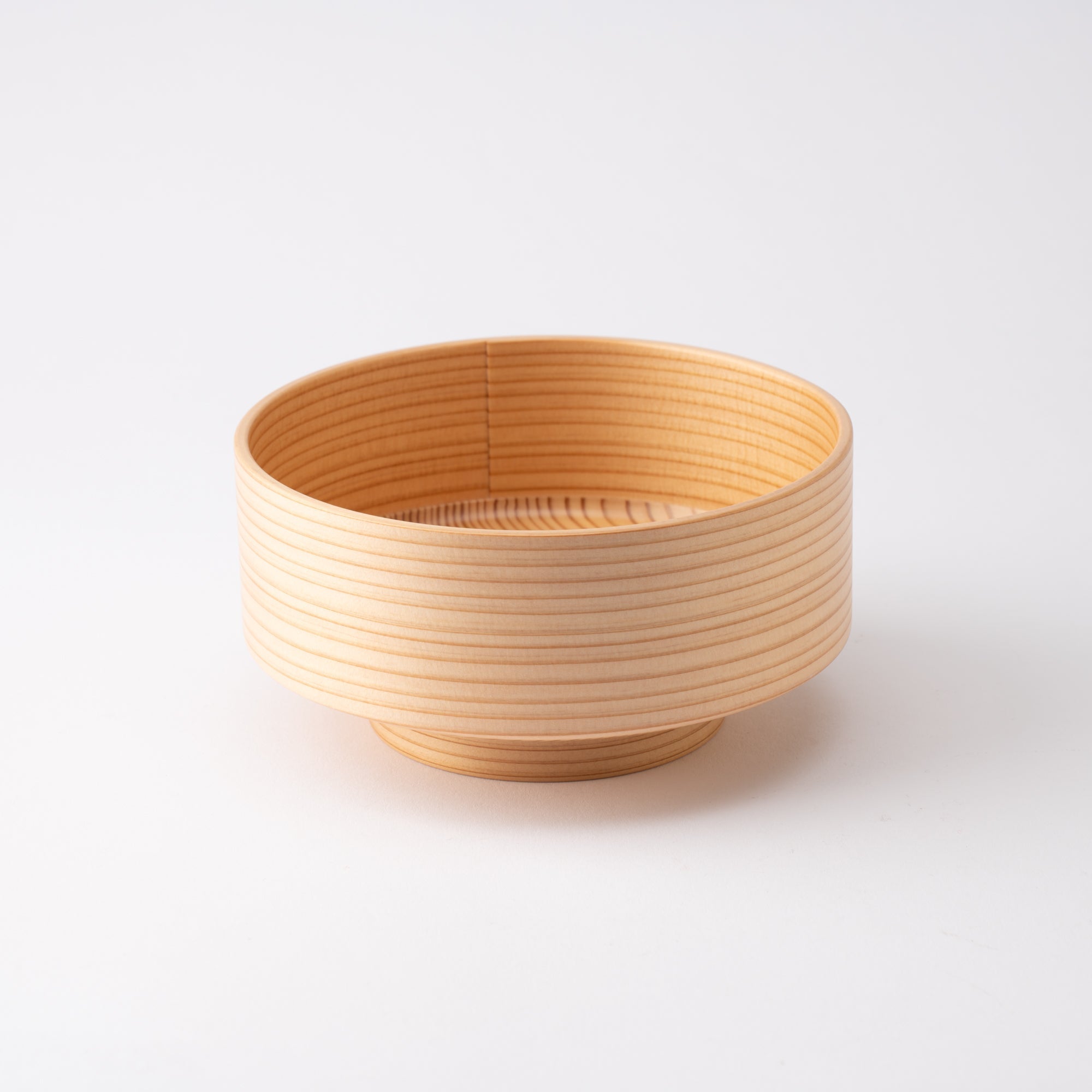
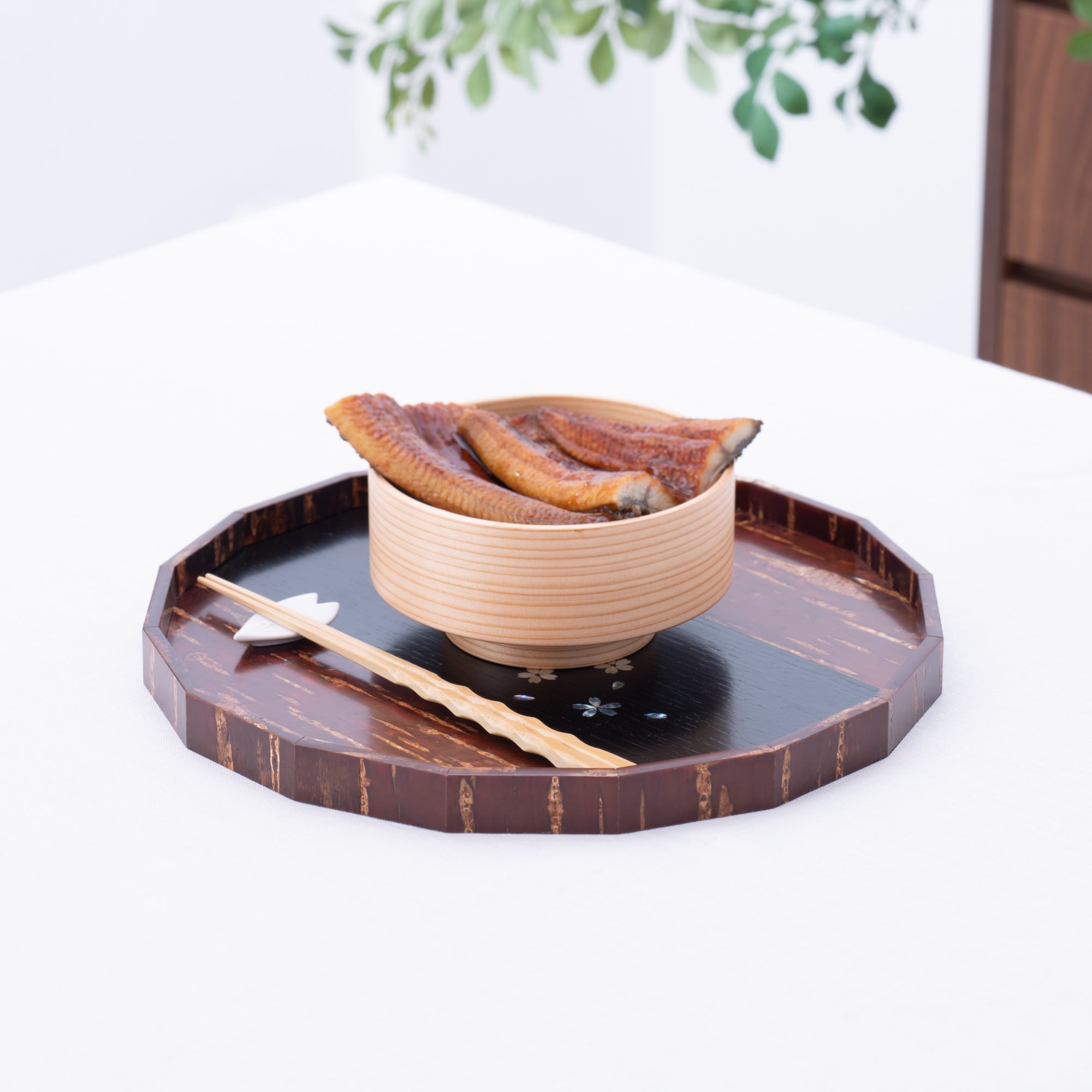
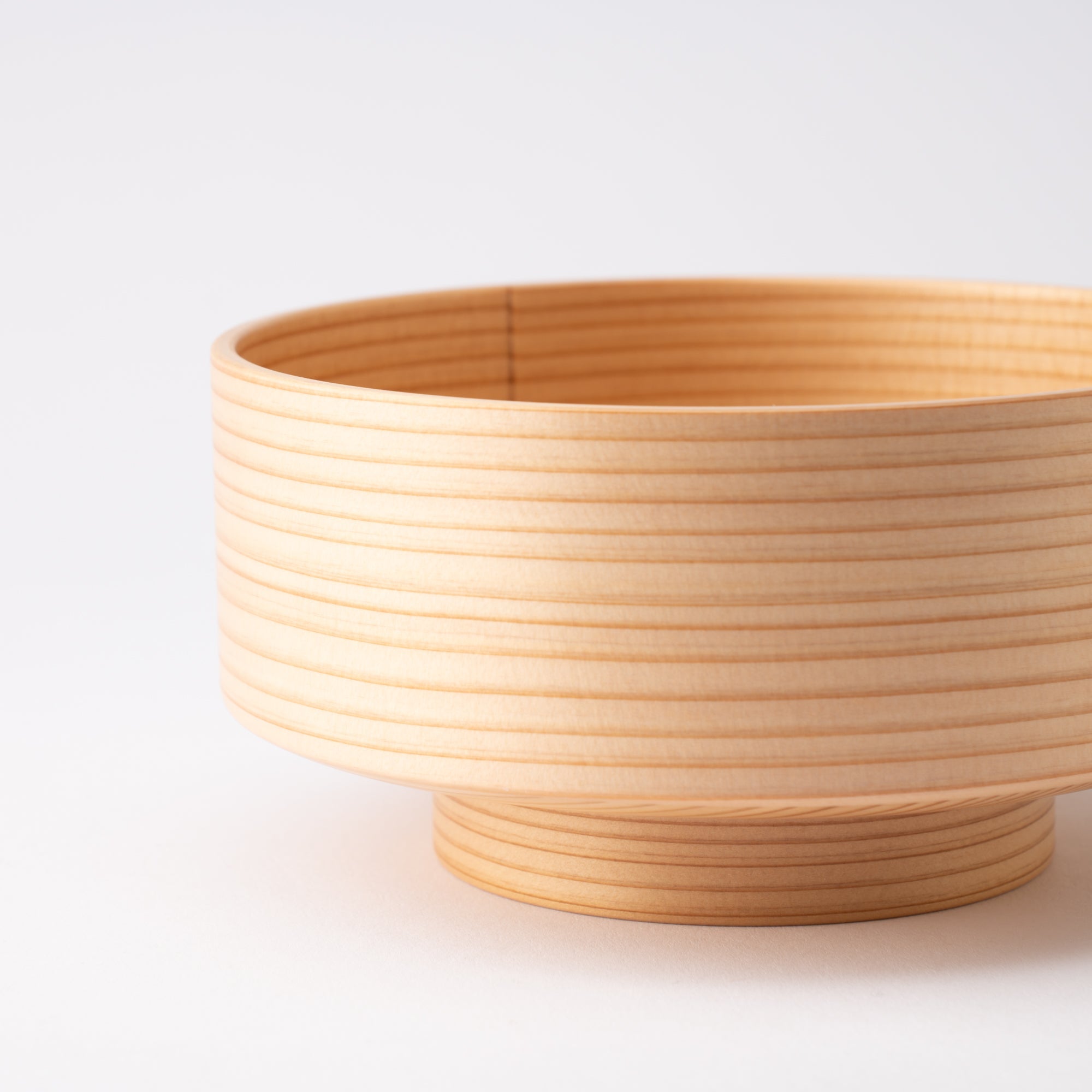
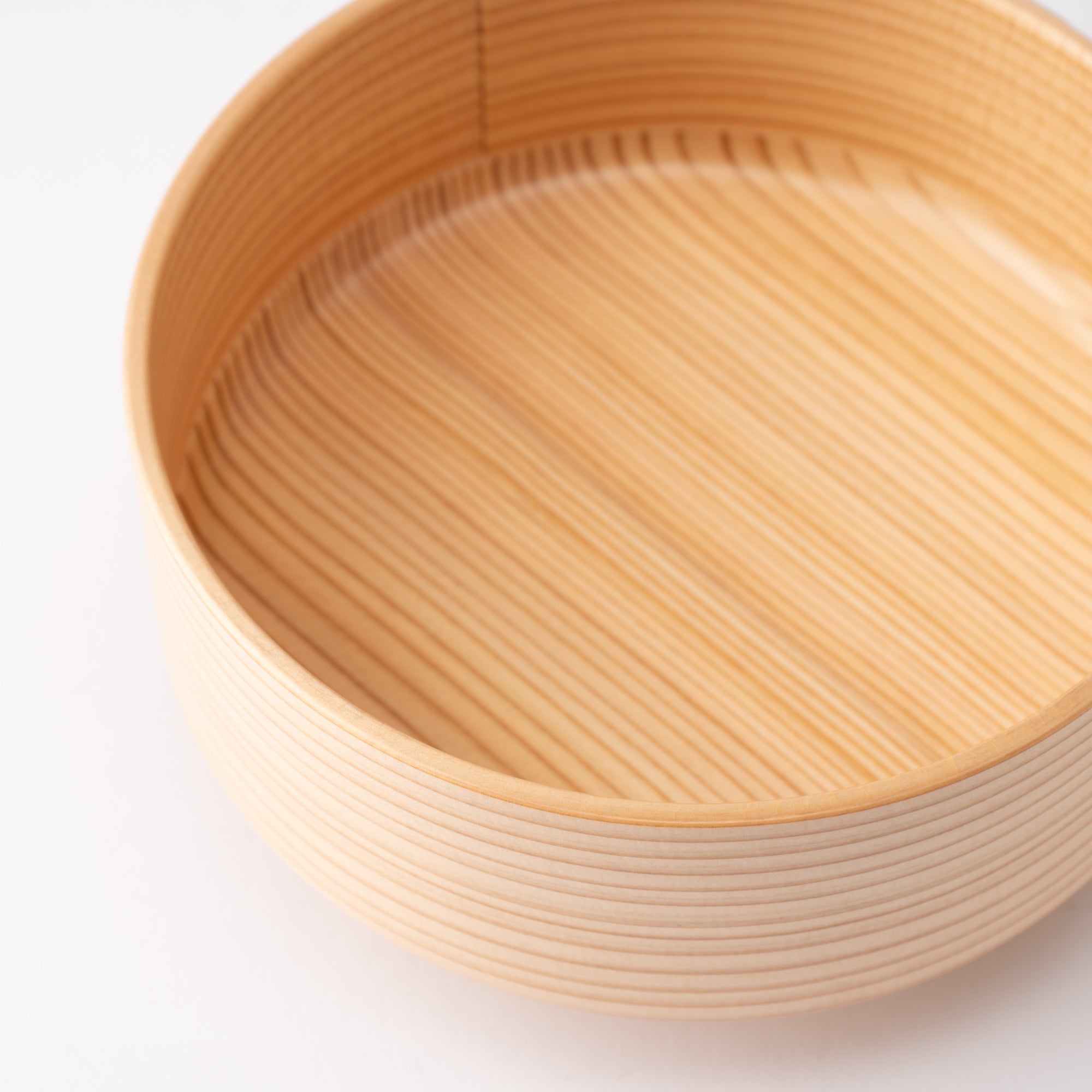
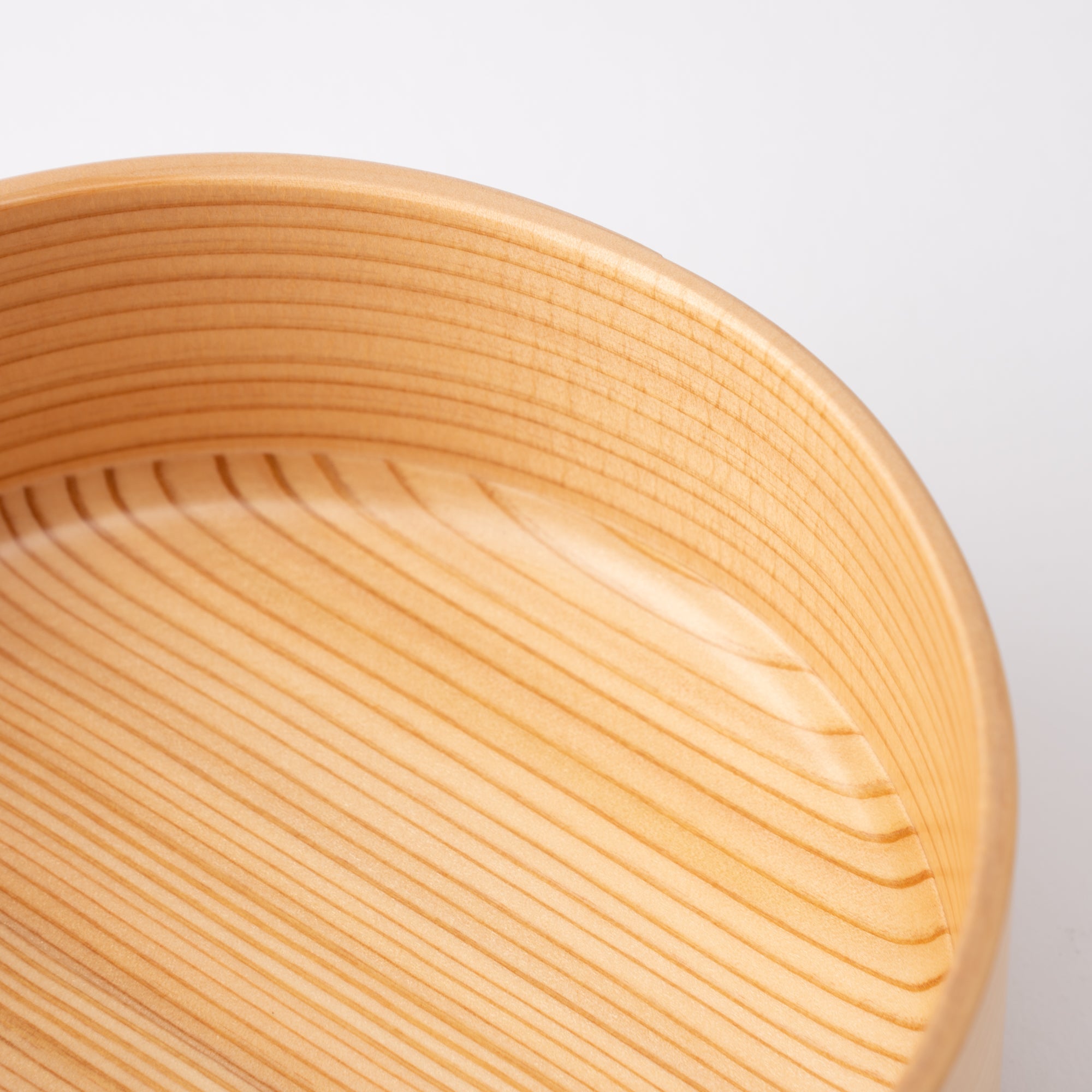
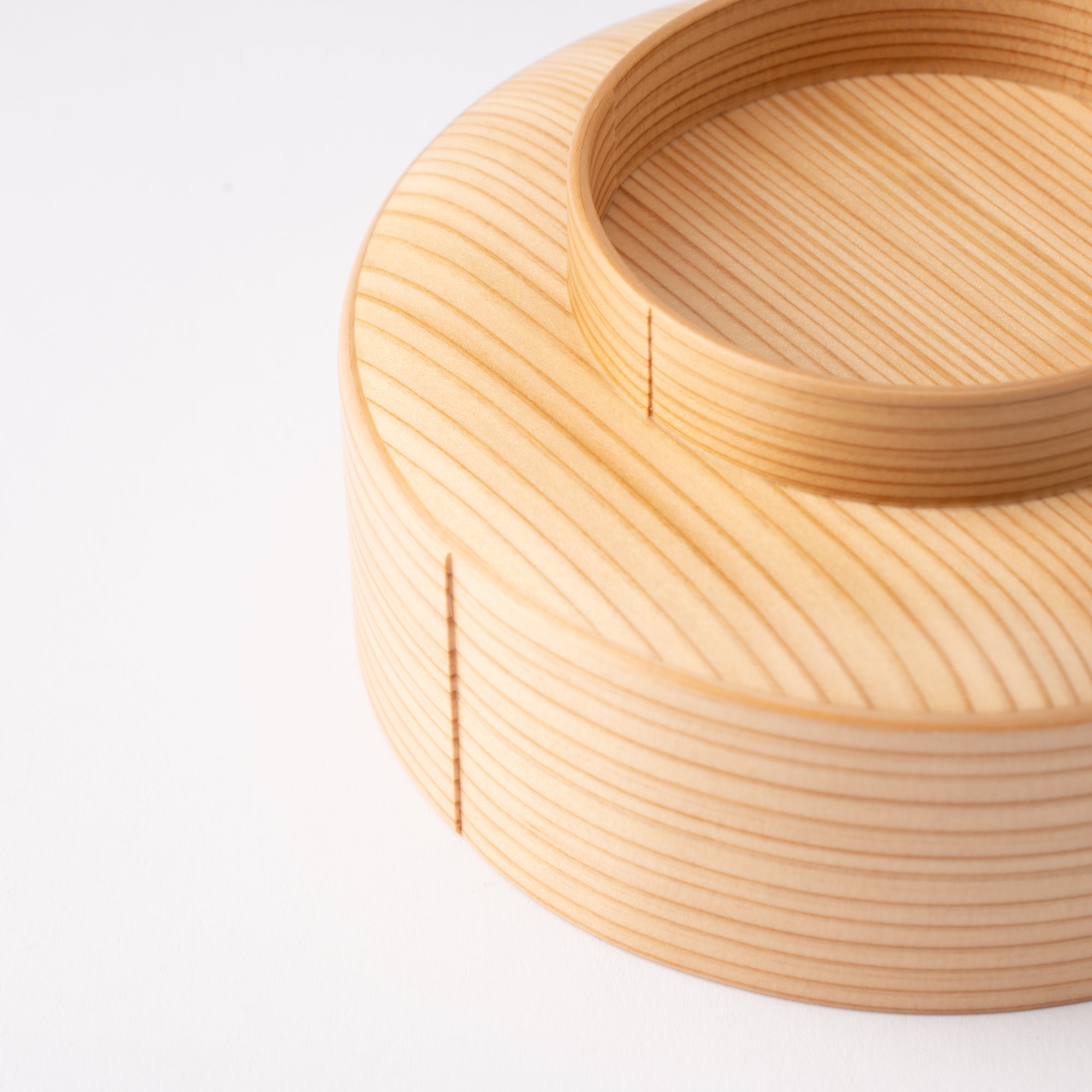
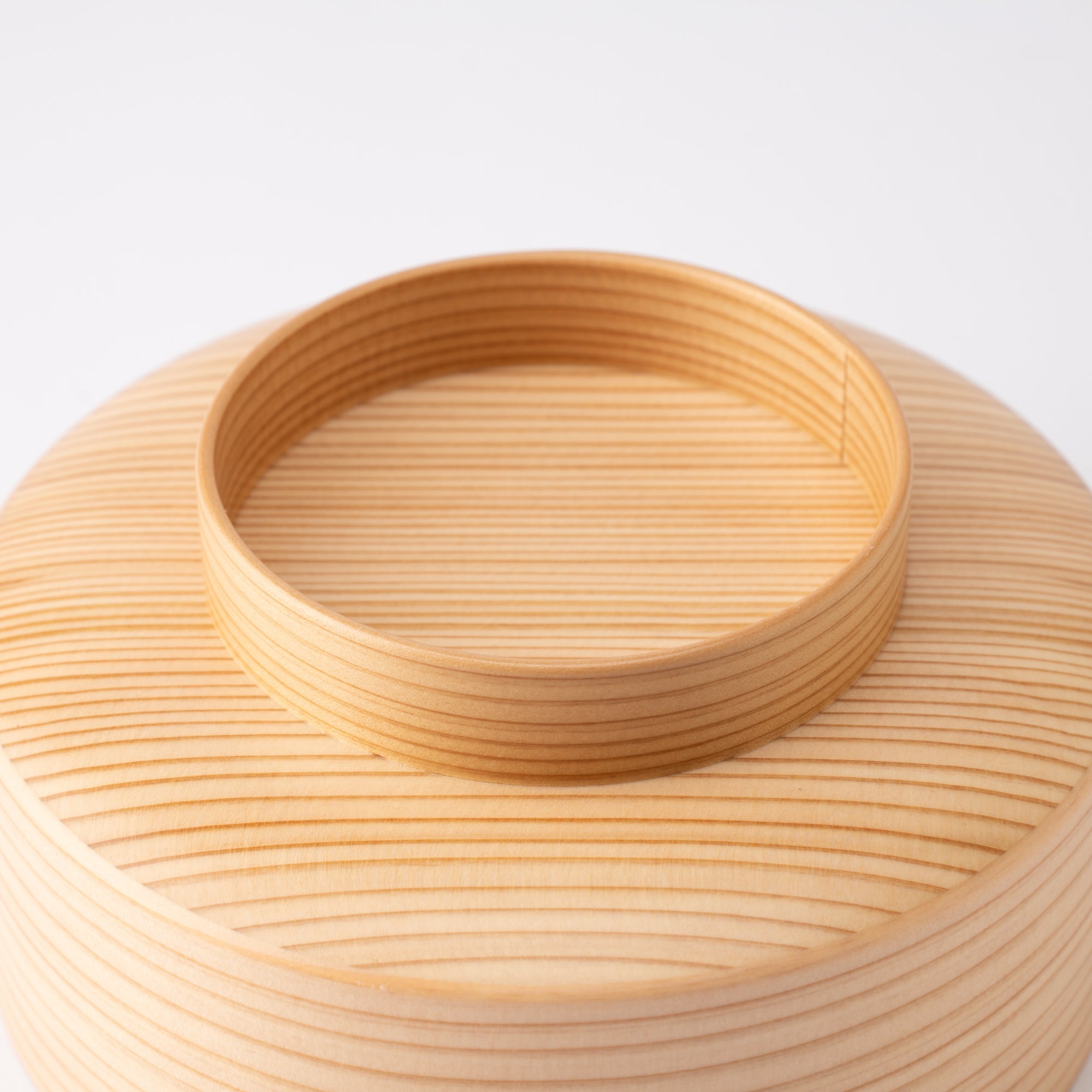
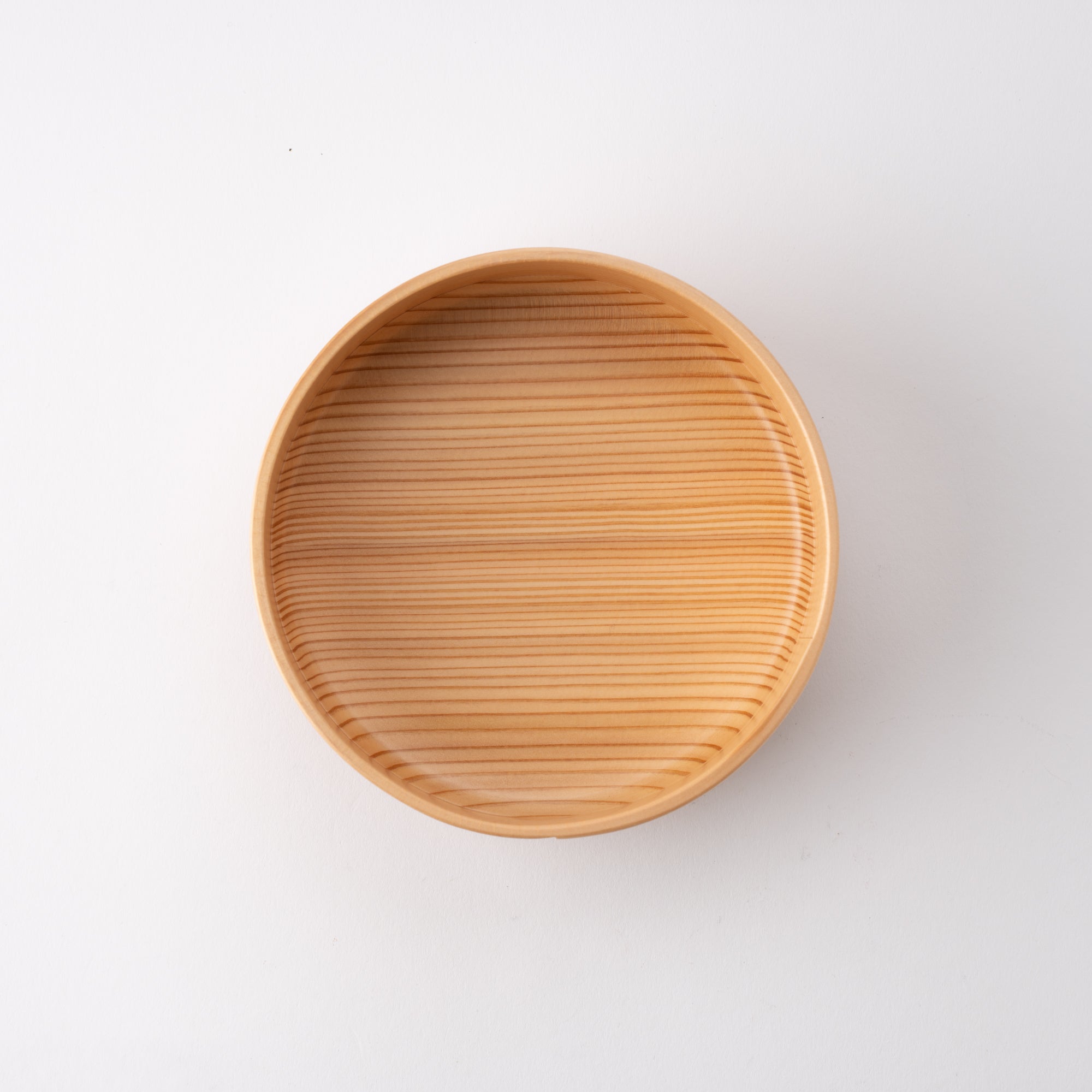
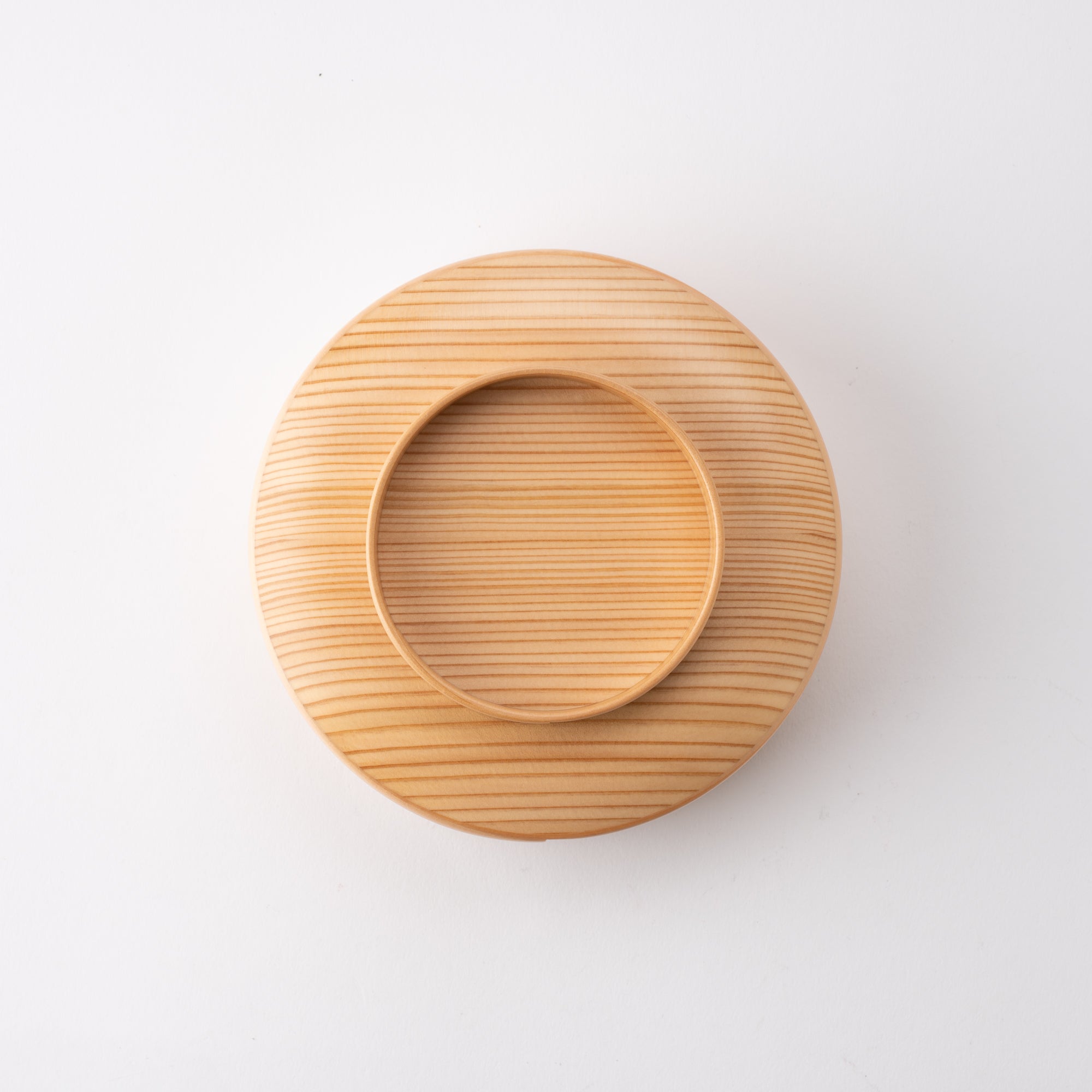
Wood‑grain Donburi Bowl 6.1 in
Estimated Shipping Widget will be displayed here!
This charming magewappa donburi bowl, crafted by Odate Kougeisha, is made from Akita cedar—one of Japan's most renowned woods. Its natural warmth and smooth, even grain give the bowl both a refined aesthetic and a timeless appeal.
Known for being lightweight and remarkably durable, this bowl offers exceptional resilience. The wood used in magewappa has a unique ability to regulate humidity—it absorbs moisture during humid summers and releases it during dry winters, ensuring the perfect balance for your dish year-round.
The bowl is perfect for a variety of donburi dishes, such as gyudon or oyakodon, and for noodle dishes like udon or soba. It may be slightly small for ramen if you wish to add different toppings.
DETAILS
| Quantity | 1 |
| Size | D 15.5 cm (6.1 in) x H 6.5 cm (2.5 in) |
| Material | Wood - Magewappa |
| Microwave | No |
| Dishwasher | No |
Maker / Brand
Odate Kougeisha is one of the oldest makers of magewappa—traditional Japanese wood-bending crafts. Originating from Odate City, Akita Prefecture, magewappa has a history of 1,300 years. The magewappa crafts of Odate Kougeisha are carefully made with time and care, shaped one-by-one by craftspeople using traditional techniques that have been unchanged for generations.
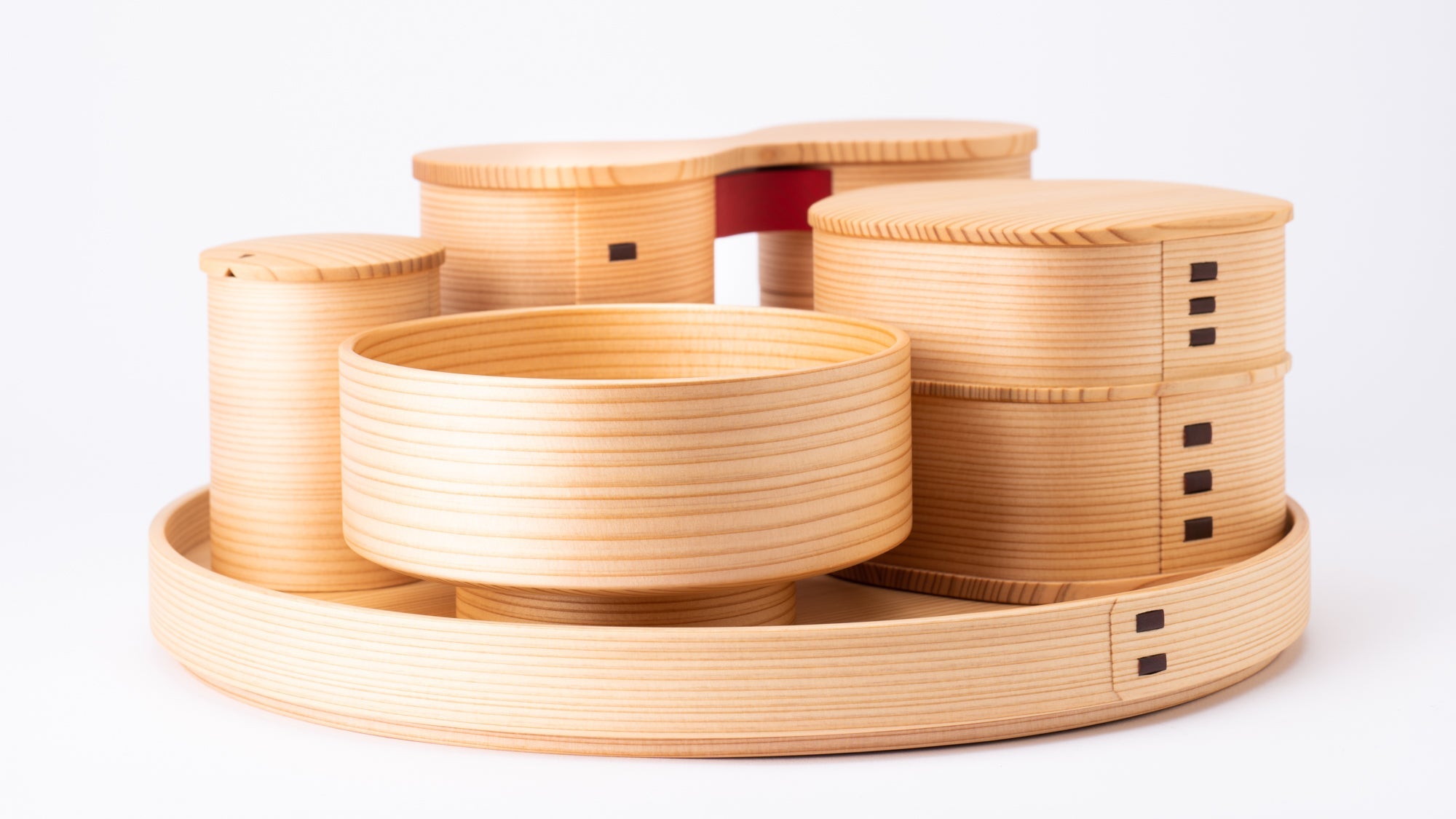
Crafts
Odate magewappa is a Japanese wood-bending technique that has been carried on in Odate City, Akita Prefecture for 1,300 years. In the late 17th century, it developed as a side job for the lower class samurai of downtown Odate Castle. In 1980, Odate's magewappa was officially designated as a traditional Japanese craft, the only kind to receive this distinction among all magewappa crafts in Japan.
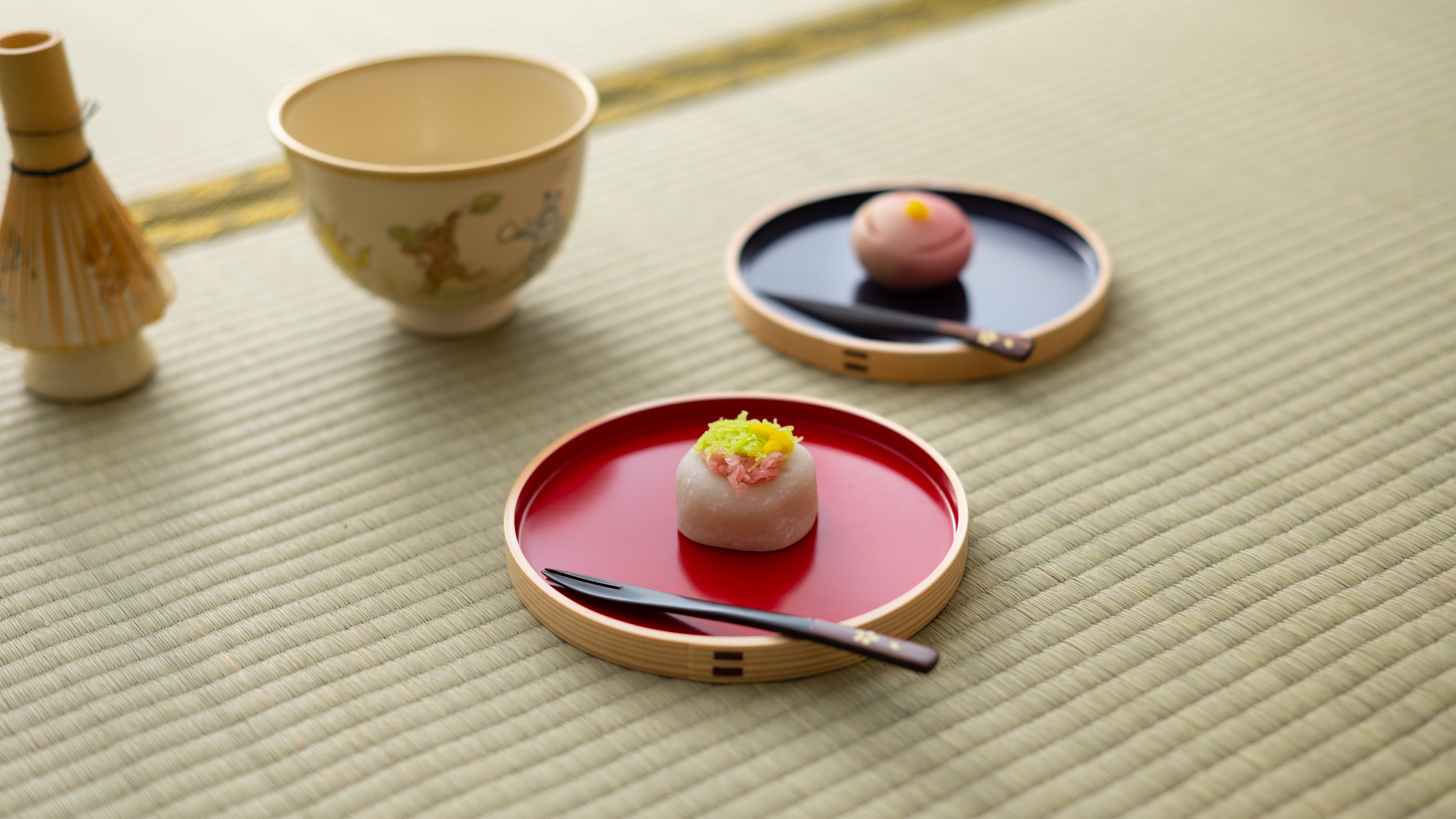
How to Care
Choose options









Estimated Shipping Widget will be displayed here!
Donburi Bowls
Donburi bowls, a quintessential piece of Japanese tableware, are larger, thicker, and deeper than standard rice bowls, making them ideal for serving popular donburi dishes like tendon, oyakodon, and katsudon. Whether it's a rice dish or a soupy creation, these bowls elevate the dining experience.
Their versatility extends to noodle dishes like soba, udon, and ramen. The durability and heat retention of these bowls help keep meals warm while enhancing their flavors.
